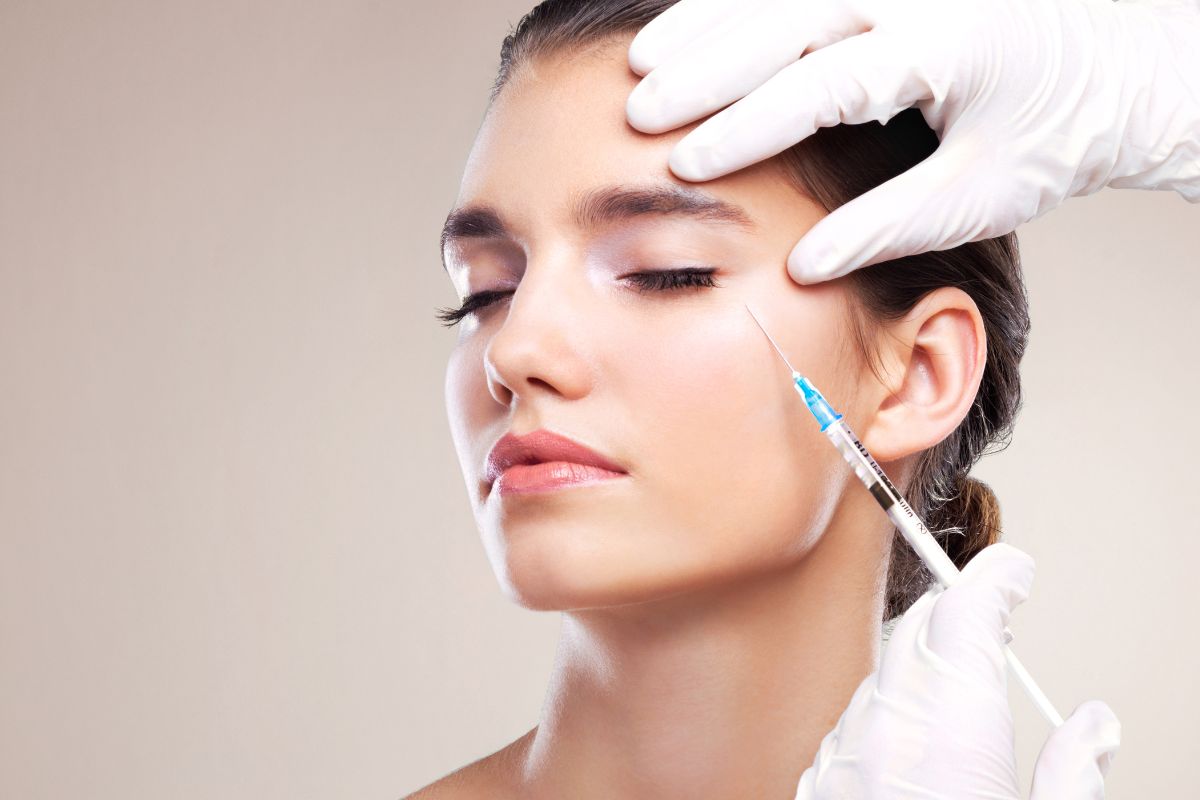About Wrinkle Relaxers
Wrinkle relaxers are also known as neuromodulators (Botox®, Nuceiva™, and Dysport®). They have been safely used for over 20 years to enhance the aesthetic appearance of the face. They are injected into the facial expression muscles to reduce wrinkles. They can also prevent the formation and exacerbation of wrinkles if used regularly. They are increasingly being used to sculpt the face and body and to restore symmetry.
All wrinkle relaxers (Botox®, Nuceiva™, and Dysport®) contain botulinum toxin which is produced by the bacterium Clostridium botulinum. In large amounts this toxin can cause botulism, but only tiny amounts are used for both medical and cosmetic treatments.
Wrinkle relaxers weaken muscles around the area of injection by reducing the transmission of signals from nerves to muscles. Lines and wrinkles are caused from repeated muscle contractions and so their appearance is improved when the underlying muscles are relaxed.
Wrinkle relaxers can be used on patients looking to reduce the signs of aging including crow’s feet, frown lines, wrinkles around the mouth, and forehead lines. When placed in the upper face, they can lift the eyebrow and widen the eyes. They can be used for patients looking to shape and contour the trapezius muscle, calf muscle and masseter (chewing) muscle to cause slimming of the face.
Wrinkle relaxer injections cannot be done on women that are pregnant. They also cannot be used in patients with myasthenia gravis or amyotrophic lateral sclerosis (ALS). They should not be injected into any area of the skin with an active infection.
Wrinkle relaxers can be injected to treat crow’s feet, forehead lines, and frown lines in the upper face. In the lower face they can treat smoker’s lines, marionette lines as well as relaxation of an overactive chin (mentalis) to reduce the cobblestone appearance that occurs with aging. Horizontal and vertical neck bands can be treated to improve the appearance of the neck, and they can even be used to treat a downturn smile.
Injection into the trapezius can produce an elongated neck, smoother shoulders, and improve pain from tense muscles. Injection into the calf muscles achieves a sleeker contour to that area. Injection into the masseter muscle can improve temporomandibular joint (TMJ) symptoms, teeth clenching, and causes slimming of the face.
Wrinkle relaxers can be used to treat medical problems such as migraine headaches, excessive sweating, and facial flushing due to rosacea.
The effects of wrinkle relaxers are seen starting 1-4 days after injection. They reach their full effect by 2 weeks.
The duration of effect of wrinkle relaxers varies among patients due to multiple factors including dosage and patient metabolism. Most patients experience 3-4 months of effect. To prolong the effects, it is recommended to get regular injections every 3-4 months for one year or more. Treatments need to be repeated on an ongoing basis for continued benefit.
Wrinkle relaxers may last longer in areas where higher doses are injected. For example, injections for excessive sweating can last 6-8 months and masseter injections for bruxism (jaw clenching) usually last 6 months.
There is minimal pain with injection of wrinkle relaxers. Very occasionally ice or other pain reduction methods are needed.
Wrinkle relaxer injections are extremely safe and have been used since the 1970’s in the field of ophthalmology. The doses used in both cosmetic and medical treatments are low. Botulinum toxin does not cause any permanent changes to the nerve terminals and targeted muscles. It does not cause any long-term side effects.
Most side effects are mild and short lived and are related to diffusion of botulinum toxin to adjacent areas not intended for treatment. Small amounts are used for cosmetic purposes and side effects are related to the area of injection only. Side effects can include bruising/bleeding, swelling, pain of injection, headache, eyebrow or eyelid droop, infection, asymmetrical smile, double vision, dry eyes, inability to purse lips, speech difficulties, and drooling. Although these can be troublesome, they generally resolve in a few weeks after injection. Following pre and post treatment guidelines can help minimize the risk of experiencing any of these side effects.
It is recommended that you do not take any non-essential blood thinning medications (ASA, aspirin, ibuprofen), supplements (fish oil, Vitamin E) or herbal remedies (garlic, ginkgo, dong quai, ginger, turmeric) for 1 week before wrinkle relaxer treatment. If you are required to be on any blood thinners for medical reasons you can still undergo treatment but will be at an increased risk of bruising.
Alcohol should be avoided for 48 hours before wrinkle relaxer treatment to reduce the chance of bruising.
You should not massage or rub the areas that were injected to avoid spreading the botulinum toxin to unintended muscles. It is advisable to not do any high impact strenuous exercise for the rest of the day and not to lie down for the next 4 hours.
Wrinkle relaxers can be very effective in treating jaw clenching (bruxism) and TMJ. Many dentists recommend treatment of the masseter muscle to alleviate pain, clenching, and associated headaches. A strong masseter muscle can result in an excessively wide facial appearance which can be aesthetically unpleasing to some. Relaxation of the masseter muscle will alleviate symptoms of jaw clenching and slim the face as the muscle volume decreases.
Patients that suffer from chronic migraines can benefit greatly from wrinkle relaxer injections. Most patients have a reduction in frequency and severity of their headaches. It is recommended to undergo injections every 3 months. Botox® for chronic migraines is covered by most private insurance companies.
Botox® can be covered by private insurance for medical purposes such as excessive sweating and chronic migraines. Please check with your provider regarding your specific coverage details.
